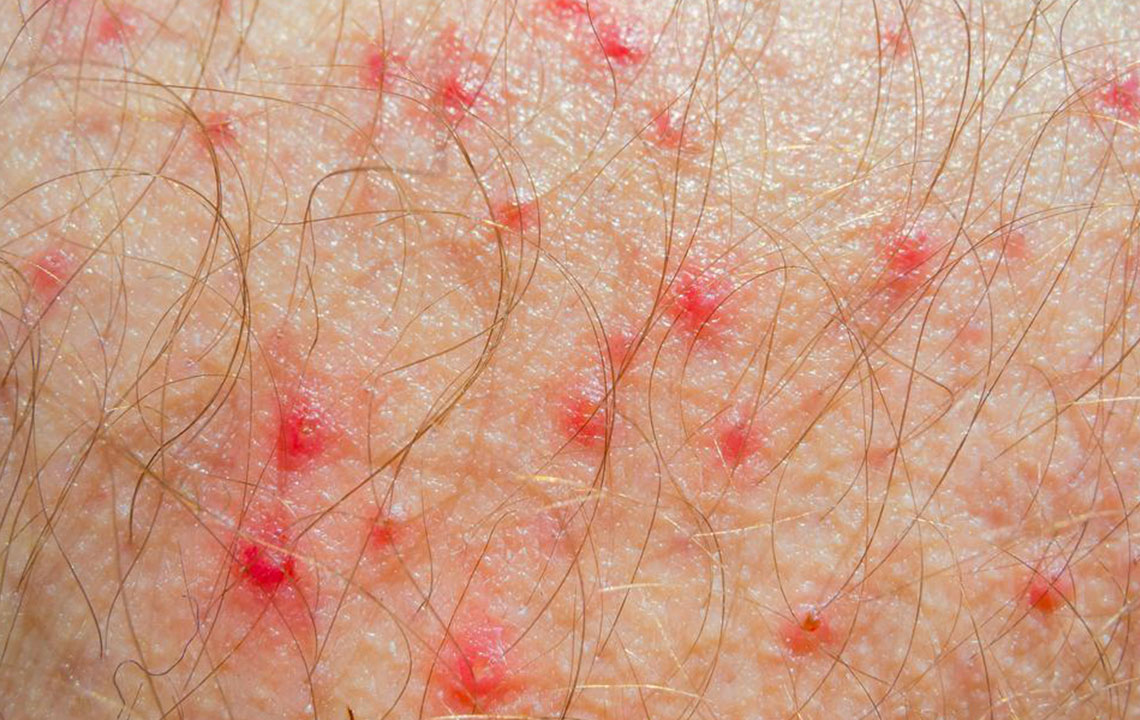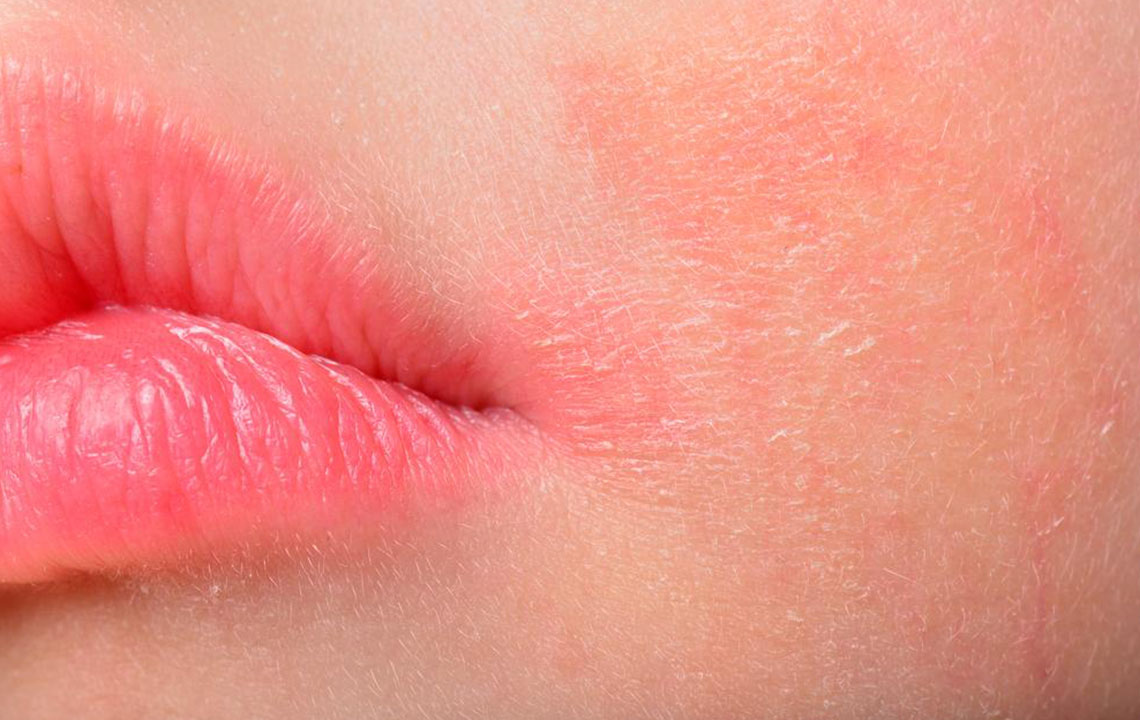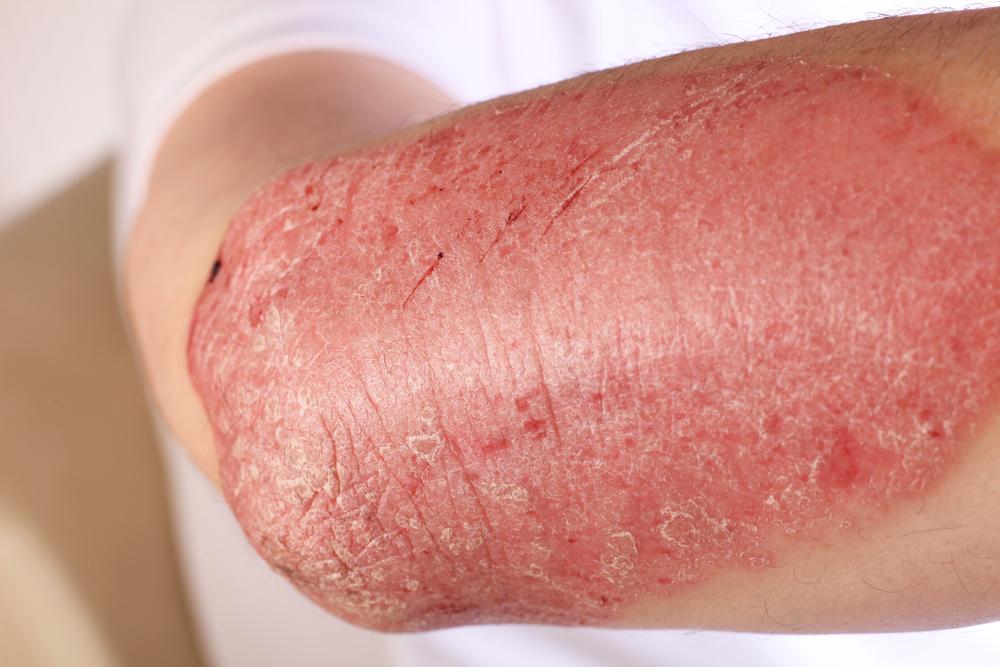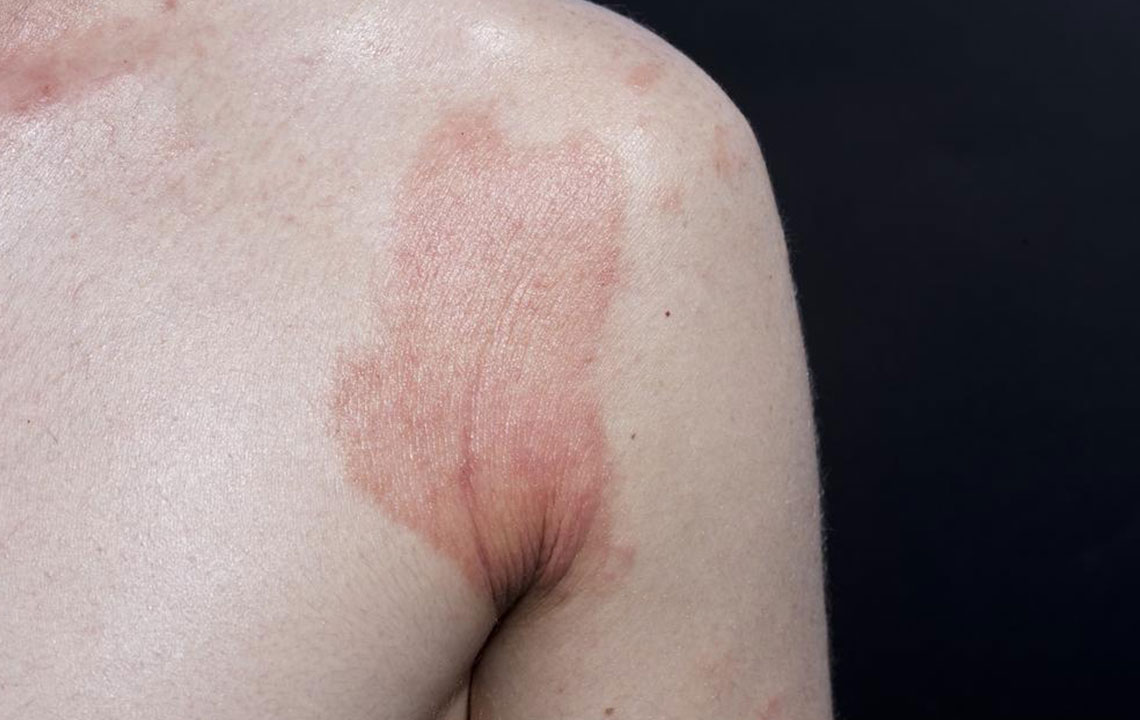Comprehensive Guide to Atopic Dermatitis: Types, Symptoms, and Management Strategies
This comprehensive guide delves into atopic dermatitis, exploring its types, symptoms, and management options. It highlights the importance of early detection, discusses common signs like persistent itching, rashes, and skin thickening, and offers insights into reducing flare-ups. With over 1500 words, the article provides detailed information suitable for patients and caregivers seeking to understand and effectively manage this chronic skin condition, emphasizing the need for professional medical advice. An essential resource for living better with AD.
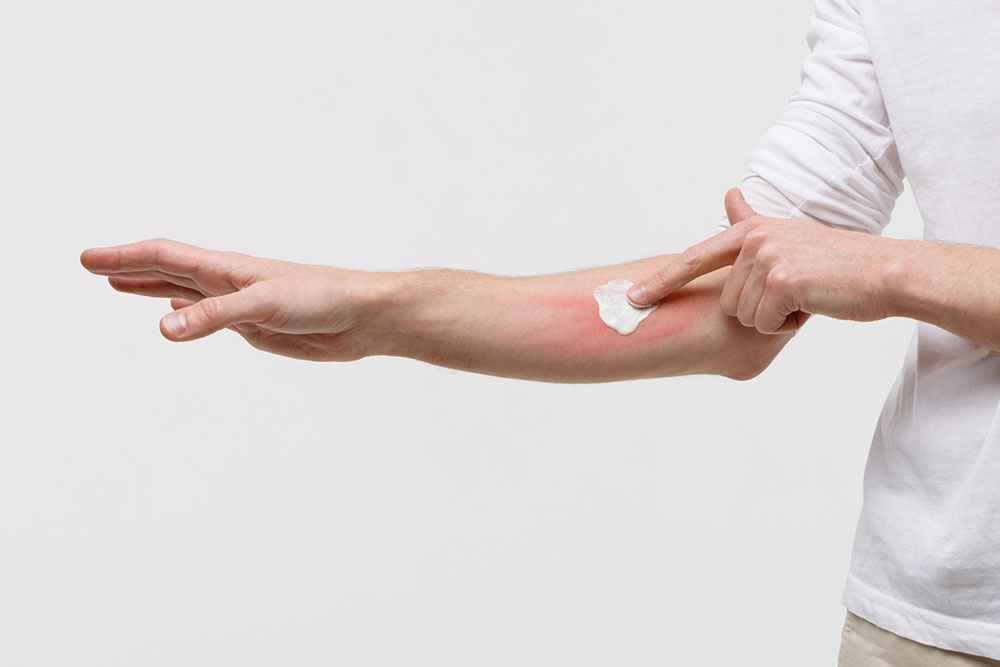
In-Depth Exploration of Atopic Dermatitis: Variants and Identifying Features
Atopic dermatitis (AD), commonly known as eczema, is a persistent inflammatory skin condition impacting millions worldwide. Frequently beginning in childhood, AD manifests through persistent itching, redness, and skin discomfort, which can considerably impair daily activities and quality of life. Although a definitive cure remains elusive, advances in understanding the disease enable effective management approaches aimed at alleviating symptoms, preventing flare-ups, and improving skin health.
Understanding the Different Types of Atopic Dermatitis
AD represents one of the most common forms of eczema, characterized by chronic skin inflammation, rashes, and intense itchiness. It is typically classified into two primary types: intrinsic (non-allergic) and extrinsic (allergic), distinguished mainly by their immunological profiles, especially Immunoglobulin E (IgE) levels, a crucial component of the immune response. Recognizing these types is vital for diagnosis and tailoring treatment strategies.
Intrinsic (Non-allergic) AD
This form is more common among children and is characterized by normal IgE levels. Unlike the allergic type, it is not primarily triggered by allergens, but by other factors such as skin barrier dysfunction, irritants, or environmental influences. Patients often experience persistent dryness and itchiness even without allergen exposure.
Extrinsic (Allergic) AD
This type is more prevalent in adults and involves heightened IgE levels, signifying hypersensitivity to specific allergens such as pollen, dust mites, pet dander, or certain foods. Exposure to these triggers can provoke severe flare-ups, marked by redness, swelling, and oozing skin lesions.
Identifying AD Symptoms and Signs
Early detection of atopic dermatitis relies heavily on recognizing its characteristic signs and symptoms, particularly during flare-ups. These include persistent itchiness, which is often severe and can lead to significant skin damage over time due to scratching. Understanding these indicators is essential for seeking prompt medical care and initiating appropriate management.
The clinical presentation varies across different age groups, with infants, children, and adults experiencing somewhat distinct symptom patterns.
Persistent Itching and Skin Discomfort
One of the hallmark symptoms of AD is relentless itching, often described as unremitting and intense. This itching can become so severe that it interrupts sleep, hampers daily activities, and significantly diminishes the overall quality of life. Flare-ups can exacerbate itching temporarily, creating a vicious cycle of itching and skin damage due to scratching.
Dryness, Cracking, and Skin Texture Changes
Dry, rough, and cracked skin are typical features observed in AD patients. These skin changes are most prominent on areas such as the face, scalp, elbows, knees, wrists, ankles, and neck. The compromised skin barrier allows irritants and microbes to penetrate easily, worsening irritation and facilitating infections.
Presence of Skin Rashes and Lesions
Red, purple, or grayish patches may develop on different parts of the body. In children, rashes frequently appear on the face and scalp, while in adults, common sites include the elbows, knees, the back of the hands, and scalp. During active stages, these rashes may ooze fluid, crust, or become crusted, indicating the severity of inflammation.
Inflammation, Swelling, and Tenderness
The affected skin often exhibits signs of inflammation, including swelling, warmth, and tenderness. Such inflammatory responses are especially noted around the lips and eyelids, which are sensitive areas. Feelings of heat and tenderness accompany the visible redness, signifying underlying inflammation.
Infant-Specific Symptoms
Infants with AD may show tiny bumps or papules, particularly on the cheeks and scalp. These initial signs can be subtle but are important indicators for early diagnosis and intervention.
Thickened Skin and Lichenification
Repeated scratching, a common response to persistent itch, leads to skin thickening and leathery patches—a condition known as lichenification. This chronic change signifies long-term AD and complicates management due to increased skin fragility.
Skin Infections and Complications
The persistent breach in the skin barrier from scratching increases susceptibility to bacterial, viral, and fungal infections. These infections can present as redness, pus, increased warmth, pain, and tenderness, further complicating the dermatitis and requiring targeted treatment.
Sleep Disruptions and Daily Life Impact
Severe itching and discomfort often interfere with sleeping patterns, causing fatigue, concentration issues, and reduced productivity. The constant discomfort can also lead to emotional challenges like irritability and anxiety, impacting social interactions and mental health.
Psychosocial and Emotional Consequences
Chronic AD symptoms can induce emotional distress, leading to feelings of embarrassment due to visible rashes, social withdrawal, and even depression in some cases. Recognizing these psychological impacts is critical for holistic management of the condition.
Early consultation with a dermatologist is highly recommended if symptoms are observed. Proper diagnosis, patient education, and individualized management plans are essential for controlling AD and maintaining a better quality of life.
